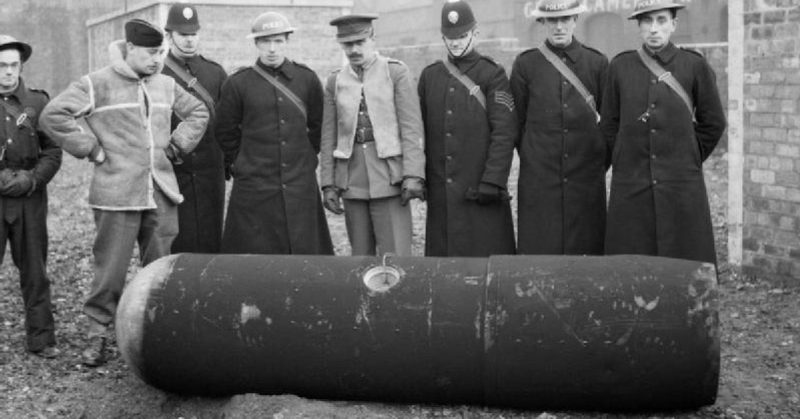During World War Two, Britain found itself facing the threat of air raids. German bomber planes would fly above cities and attempt to destroy factories contributing to the war effort. However, they often bombed residential areas, resulting in many civilian casualties. The Blitz on Britain saw London Underground stations being used as bomb shelters, and Anderson air raid shelters being constructed all across the country.
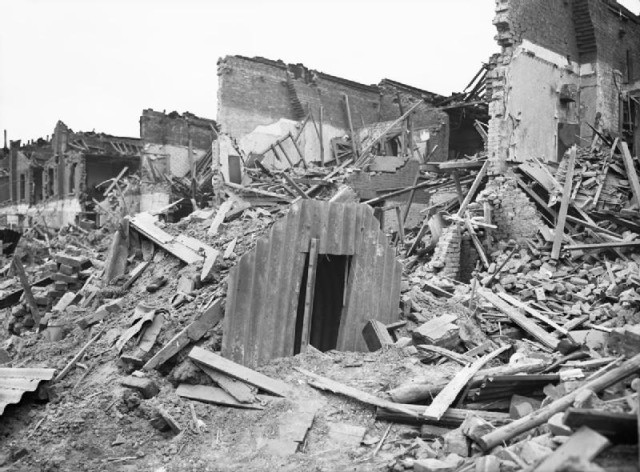
Outside of London, a town in the north of the Scotland called Peterhead was the second-most bombed location in Britain. The town and its 10,000 residents were bombed 28 times, with nearby Aberdeen following closely behind at 24.
Peterhead seems an unlikely target for Nazi planes, but the bombings were a result of its geographical location. It was the first urban area the Luftwaffe saw when flying in from the North Sea.
Scotland suffered more than 500 German air raids during the course of the war. These ranged from single aircraft attacks to planned bombings conducted by 240 planes intending to strike terror and fear into the civilian population. More than 2500 Scot’s died as a result and 8000 were injured.
Clydebank Blitz
The worst of these attacks was the Clydebank Blitz, which took place on March 13th and 14th 1941. It was considered to be the worst case of destruction and civilian deaths in Scotland during the war. The two nights saw 528 people dead and a further 617 residents seriously injured.
Isa McKenzie, 88, was only 12 years old when the attack took place. Looking back, she called it two nights of ‘constant bombing’.
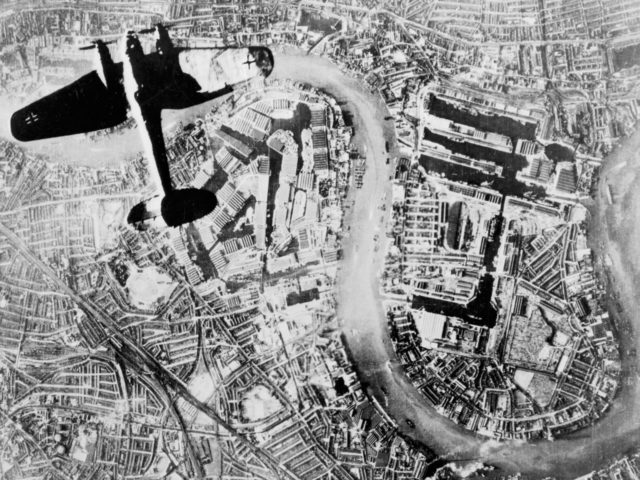
Clydebank was a hub of industry, producing ships and munitions for Allied forces. This made it a natural target on Germany’s radar. They intended to bomb the John Brown & Company shipyard, a factory which manufactured anti-aircraft and medium-calibre guns, and the Singer Corporation factory, a sewing machine factory which took government weapon contracts during the war. Over the course of the two nights 439 bombers dropped more than 1,000 bombs on Clydebank in what amateur historian Les Taylor called “the most cataclysmic event” in war-time Scotland in his book Luftwaffe over Scotland: a history of German air attacks on Scotland, 1939-45.
The town was well established with approximately 12,000 houses and tenement buildings, but by the end of the blitz only seven of these stood undamaged. With 4,000 completely destroyed and a further 4,500 severely damaged, the Clydebank blitz saw more than 35,000 people made homeless as a result.
Les Taylor explained that the bombing of the Clydeside was never actually planned by German forces, but happened as a result of the German planes being unable to attack their targets – John Brown Shipyard and the Admiralty oil storage farm – due to anti-aircraft fire, so had to release their bombs over Glasgow and flee instead. As their targets were never seriously damaged, the Clydebank blitz was a failure for the Nazis. They hoped the loss of life would strike fear and terror into British citizens hearts to stop the war, but it only acted to strengthen the resolve and build morale for the Allied forces to defeat the Nazis.
Greenock Blitz
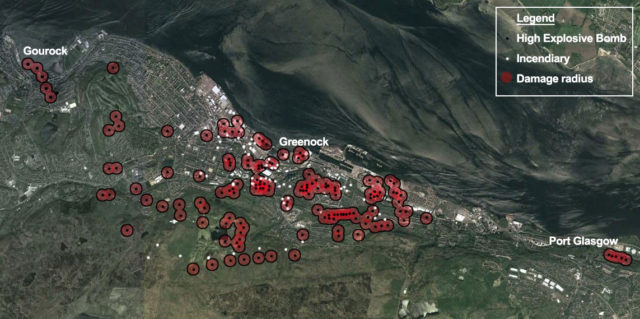
On the 6th and 7th of May 1941 Greenock was bombed by the Luftwaffe as they targeted the many ships and shipyards around the town.
The civilians took the brunt of the attack during the blitz which began around midnight on May 6th, and 271 people were killed and more than 10,200 injured during the intense bombing. 5,000 homes were completely destroyed and a further 25,000 were damaged. Residents fled to the tunnels at the east end of the town and this managed to reduce the casualties and dead in the second night.
On the second night an Air Ministry decoy was lit which consisted of mounds of combustible materials lit over a wide part of moorland to appear as a burning urban area from the sky. The decoy was a success and dozens of bomb craters were found in an inspection once the raid had ended. In Greenock a distillery had been blazing from the first night which acted as a beacon for the bombers to bomb. The final wave came at 2am when parachute land mines were dropped and by 3.30am the entire town appeared to be alight. Damage to the shipyards was minimal but the factories, distillery and sugar refineries were damaged.
Three local firemen were awarded the George Medal after entering a burning building to control and stop a fire which would have destroyed a mass amount of materials contributing to the war effort.
During the Greenock Blitz British night fighters from nearby Ayr engaged with the bombers and this meant bombs were dropped all over south-west Scotland, however only three Nazi planes were shot down in the attack.
The Clydebank and Greenock blitzes saw 1000 tonnes of explosives dropped over Scotland, but these weren’t the only attacks, Edinburgh, Montrose and Fraserburgh were all bombed more than a dozen times each during the war.
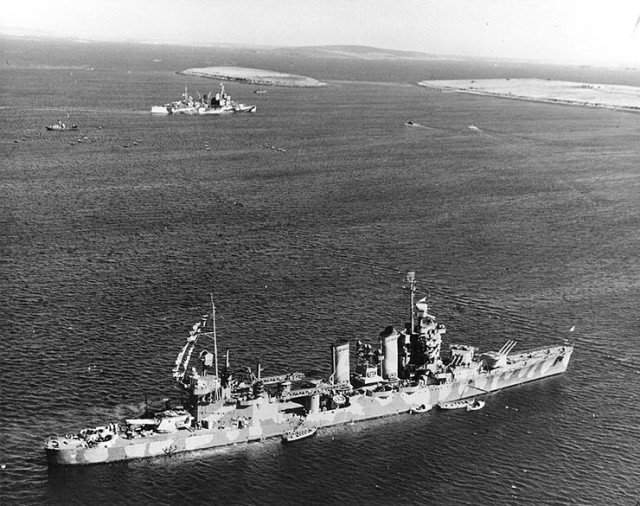
Scotland was a strategic interest point for Hitler due to its coast and many naval sites, one of these being Scapa Flow in Orkney which was the main British naval base during WWII. It was not prepared for WWII and it’s anti-submarine measures were out of date at war breakout in October 1939, this meant that German submarine U-47 was able to infiltrate Scapa Bay and sink WW1 battleship HMS Royal Oak, 833 of the 1,400-man crew were lost and the boat flooded and capsized. It is now a protected war grave.
Three days later four Luftwaffe bombers raided Scapa Flow on October 17th in what was one of the first bombing attacks on the UK in the Second World War, this attack damaged HMS Iron Duke, a decommissioned battleship and saw one of the bombers shot down.
Scapa Flow was then armed, mines and booms placed over the entrances, and coast defense and anti-aircraft batteries installed. Winston Churchill ordered a series of causeways to be built to block the eastern approach to Scapa Flow; the Churchill Barriers are still in place, allowing road access between the islands of Orkney while blocking any ship access. In 1940 over April 8th, 9th, and 10th up to 60 German bombers attacked the base.
The first civilian victim of the war in the UK was Orcadian James Isbister, killed in a German raid on Orkney in March 1940.
The last German air raid on a Scottish City during the war came for Aberdeen in April 1943 when 29 German bomber planes killed 125 people, the last casualty a farmers wife from Fraserburgh who managed to survive a being hit by falling slate after a bomb exploded near her house.
The last air battle in Europe during the Second World War was also fought just off the Scottish coast in Aberdeenshire on April 21st, 1945.
